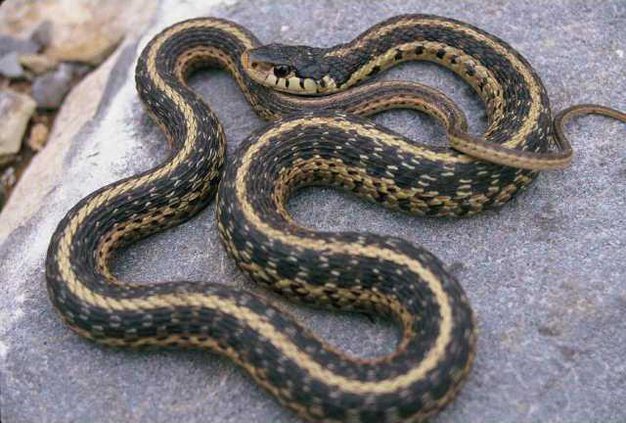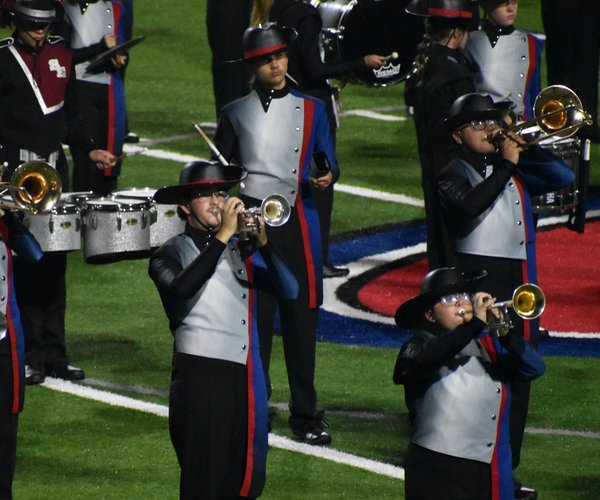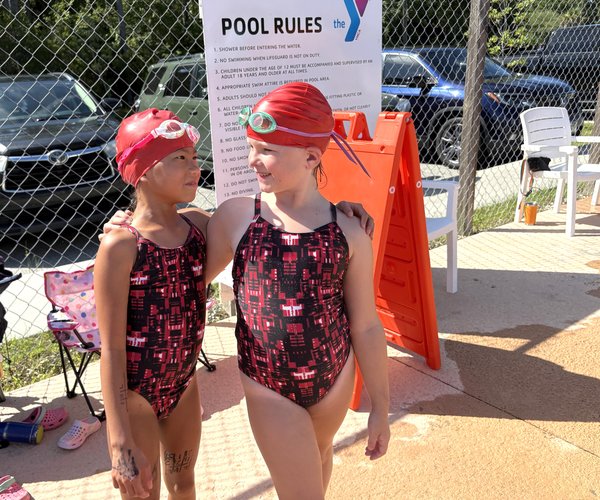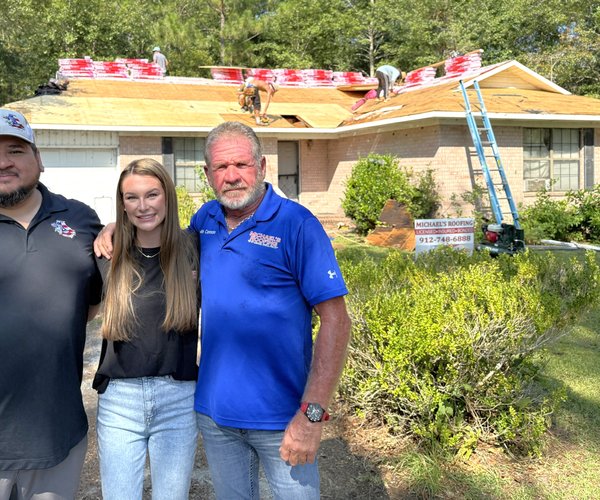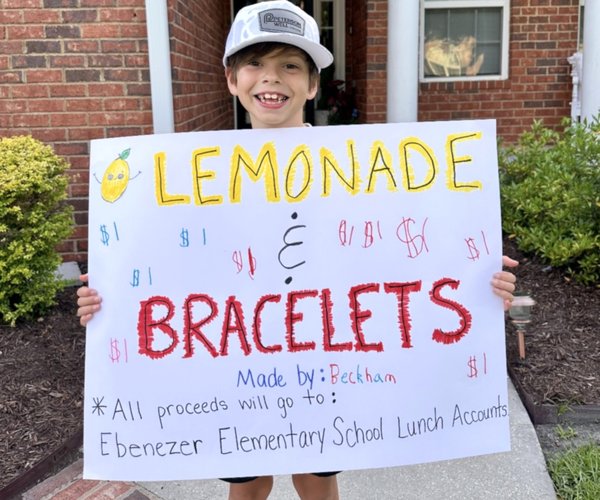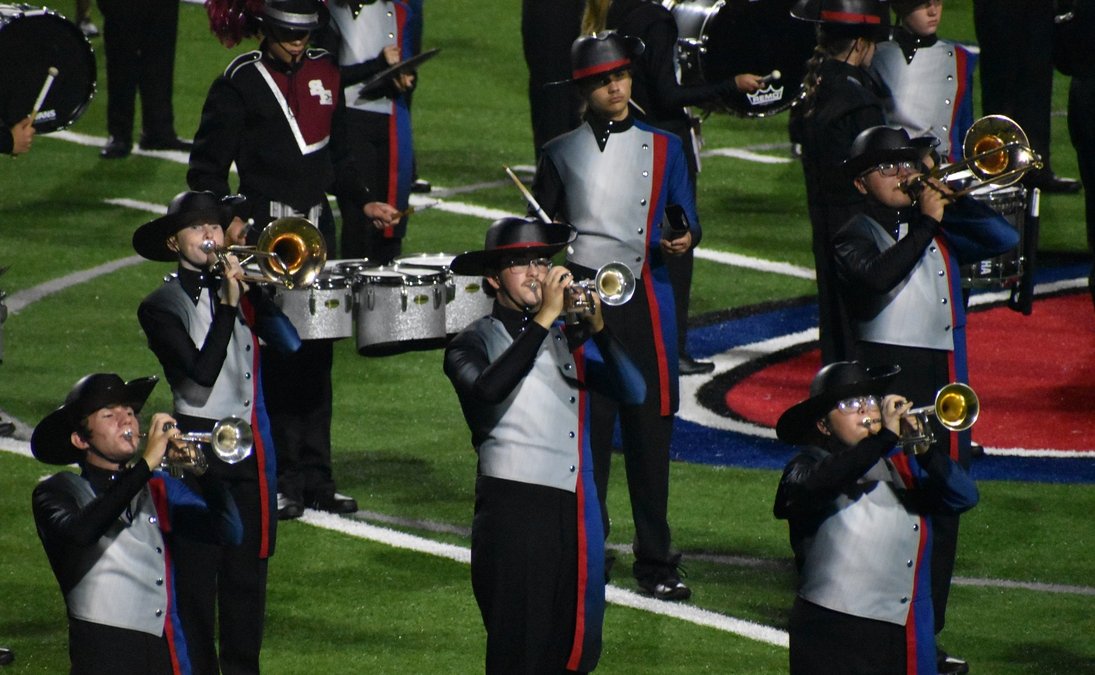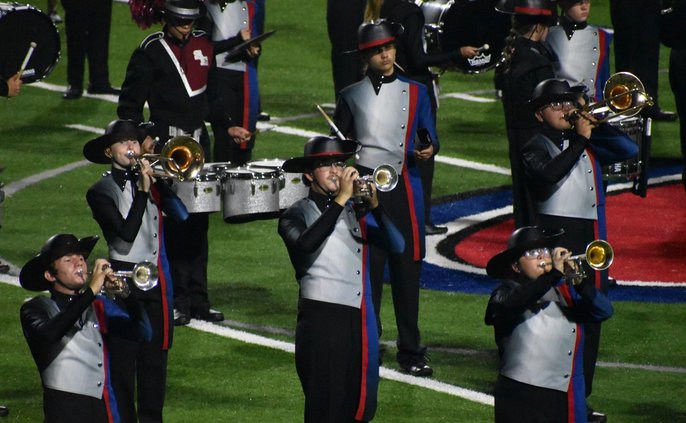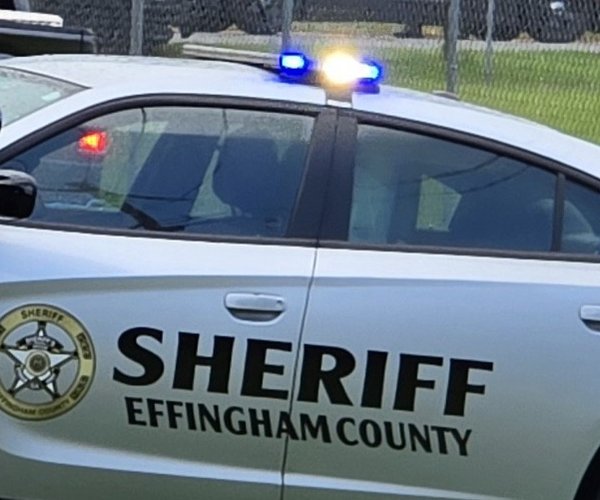FORSYTH — As spring fades into summer, the number of snake-related calls and emails to John Jensen go up. But most center on two questions: What species is this and what do I do with it?“Only every once in a while is it a venomous snake,” said Jensen, a senior wildlife biologist with the Georgia Department of Natural Resources and co-author of “Amphibians and Reptiles of Georgia.”Whether it’s a venomous snake is, of course, the concern or fear underlying most of the questions. Chances are it’s not, Jensen said.
Got snake questions? DNR has answers

